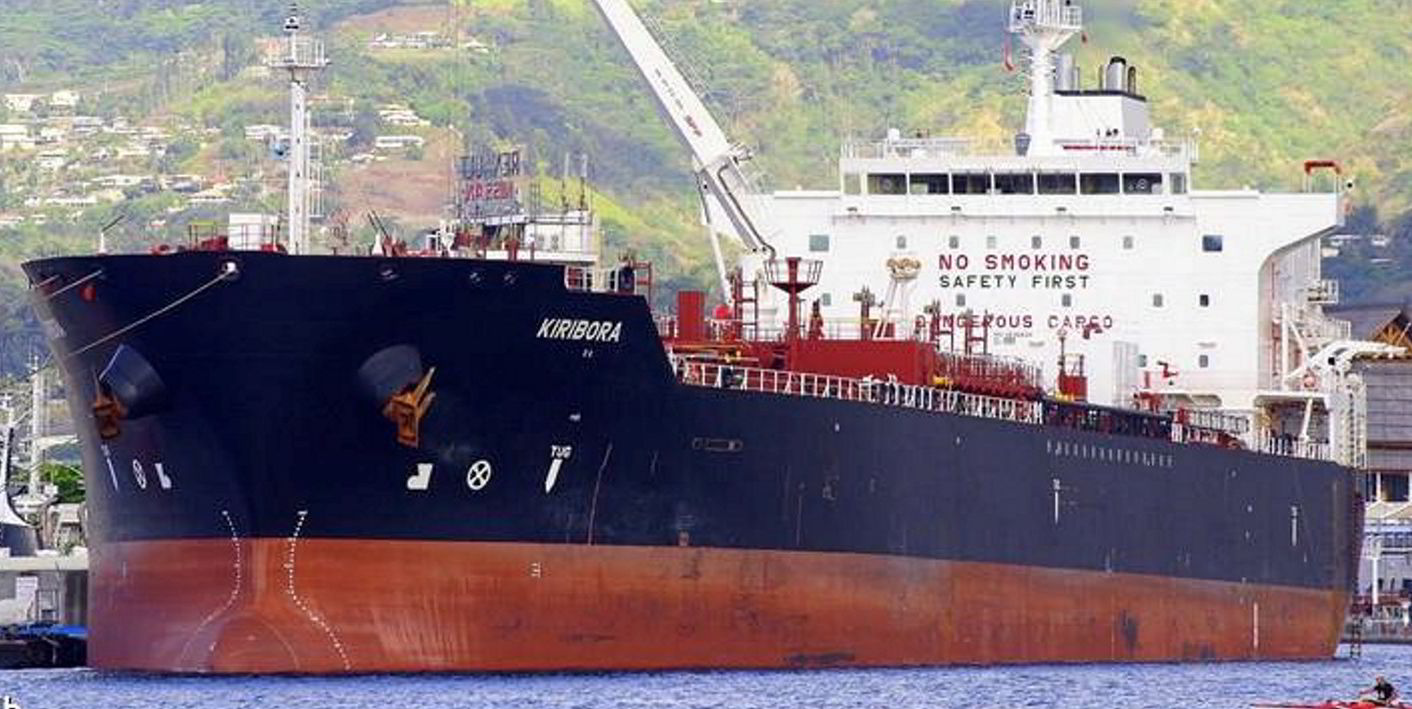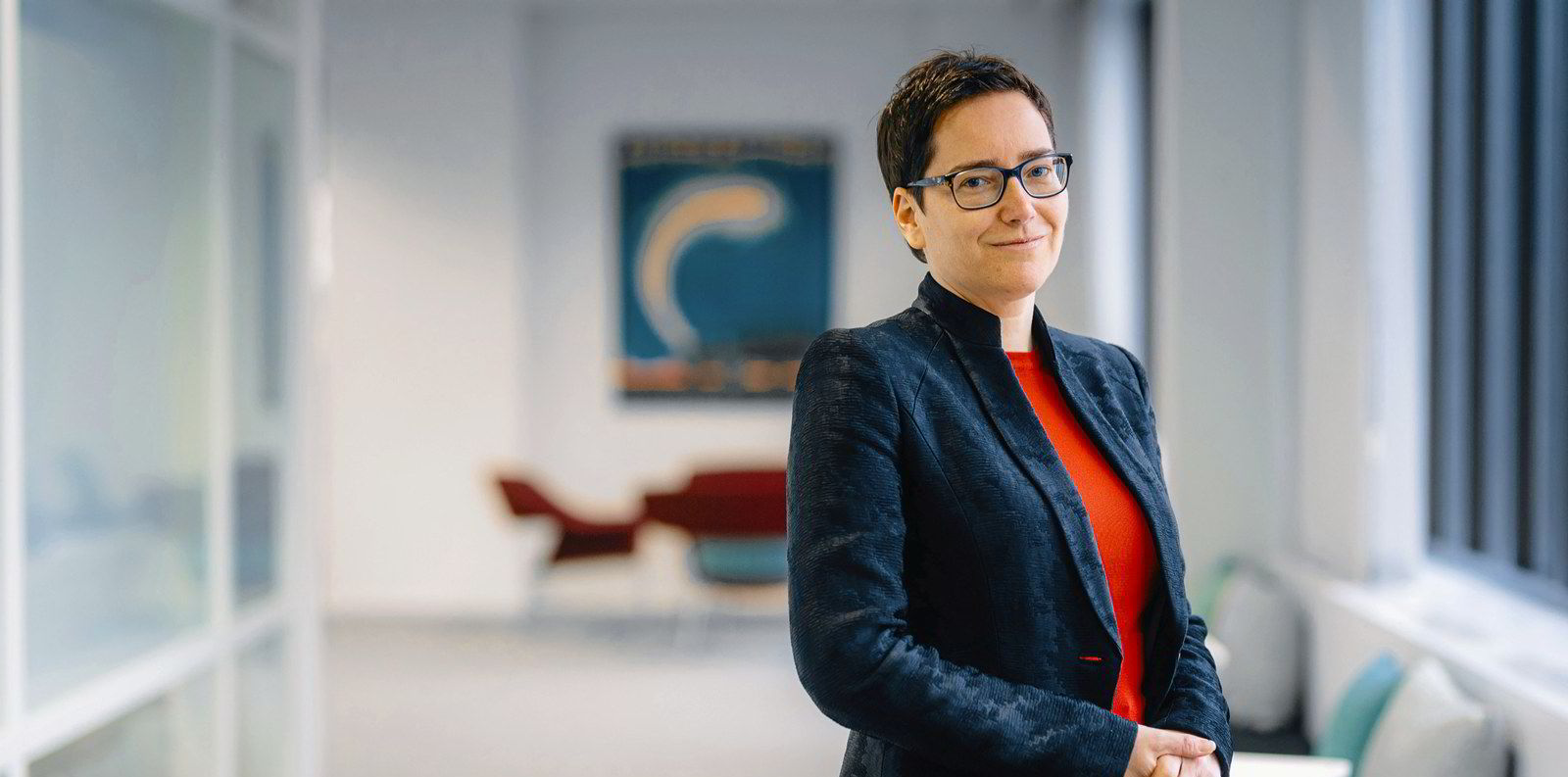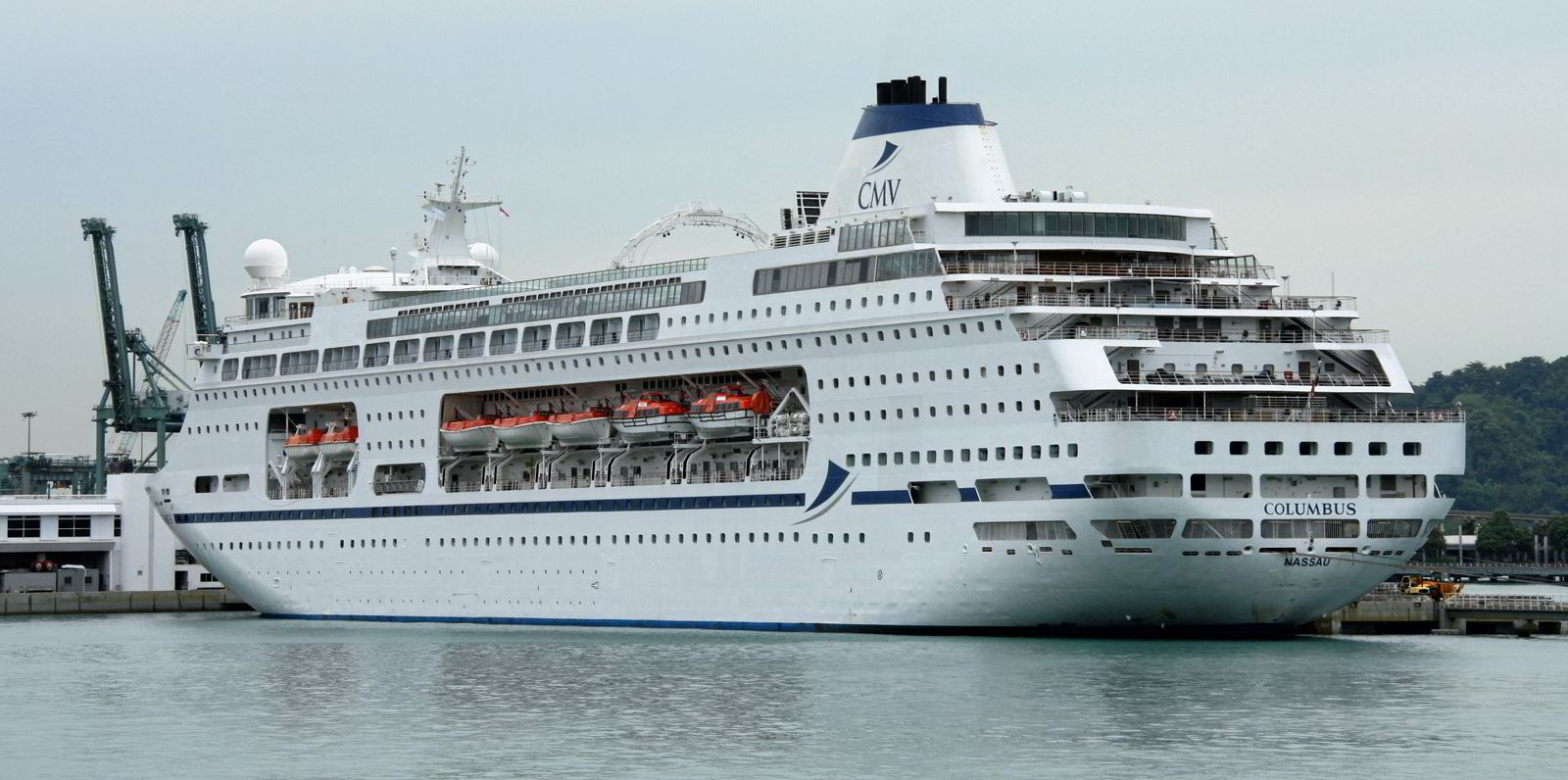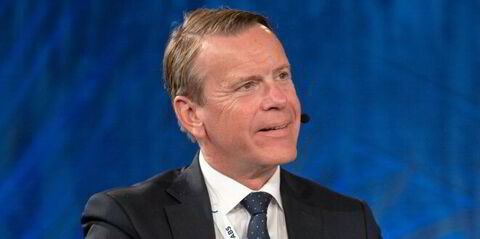The dearth of newbuilding orders is intensifying the struggle for suppliers to secure contracts, according to Finnish technology company Wartsila.
The firm revealed good news this week when it clinched a €100m-plus ($121.5m) engine supply deal with Daewoo Shipbuilding & Marine Engineering for six new 172,500-cbm LNG carriers being built to serve the Arctic LNG 2 project in Russia’s Arctic waters.
There are also options for four more ships.
Roger Holm, president of marine solutions at Wartsila, told TradeWinds that the transaction was "really an important one for us".
"It shows we are the leader in this segment when we talk about the main engines for ice-breaking LNG carriers," he said.
Pressure not easing
But Holm added that price pressure is "definitely tough" and has been for a long time.
"It's not easing up," he said. "With this low vessel contracting, there is a bit of a fight for every order in general. It's a tough pricing environment."
Newbuilding contracting decreased to record low levels in 2020. Only 815 vessels were ordered last year compared with 1,153 in 2019.
Demand for spare parts and maintenance activities softened.
Wartsila Marine Systems president Tamara de Gruyter said the struggle is not just being seen in the engine market, but across the whole newbuilding and vessel service chain.
"With the record low ordering last year, all the suppliers of equipment are wanting to get a piece of that, so it's a heavy fight," she said.
Holm said Wartsila's order numbers have actually been rising, if the lack of action relating to the idled cruiseship fleet is stripped out.
He does not expect to see much change in the overall picture for shipping in the first quarter of this year.
More activity possible
"But we would hope to see at least some more activity in Q2 as the vaccination progresses, on the cruiseship segment in particular," Holm said.
He identifies the growing offshore wind vessel arena as one of the really positive opportunities going forward.
"With the high competence we have in offshore vessels, we can use that same competence for offshore wind vessels," he said.
Holm added that decarbonisation and alternative fuels are subjects being discussed more and more with customers.
"It really picked up in 2020," he said. "It's really becoming a key theme. It's something that is happening now, it's not something for the future."
Holm sees dual fuel as a good bet for the future because liquid fuels can be used now, and then upgrades can be identified later on.
"Going for LNG is a perfect stepping stone to be much more future-proof," he said.
Port congestion tackled
Sean Fernback, president of technology division Wartsila Voyage, told TradeWinds that one area getting a lot of attention from clients is the automating of ports and the installation of more port-management information systems that link to vessels.
With severe congestion at container terminals in many parts of the world, this is a growth area.
Wartsila has a system called Just In Time Arrival, which is aimed at significantly reducing or eliminating time spent at anchorage.
Fernback also said the group had had a "couple of really good wins" in the technology arm that it is not yet able to announce.






